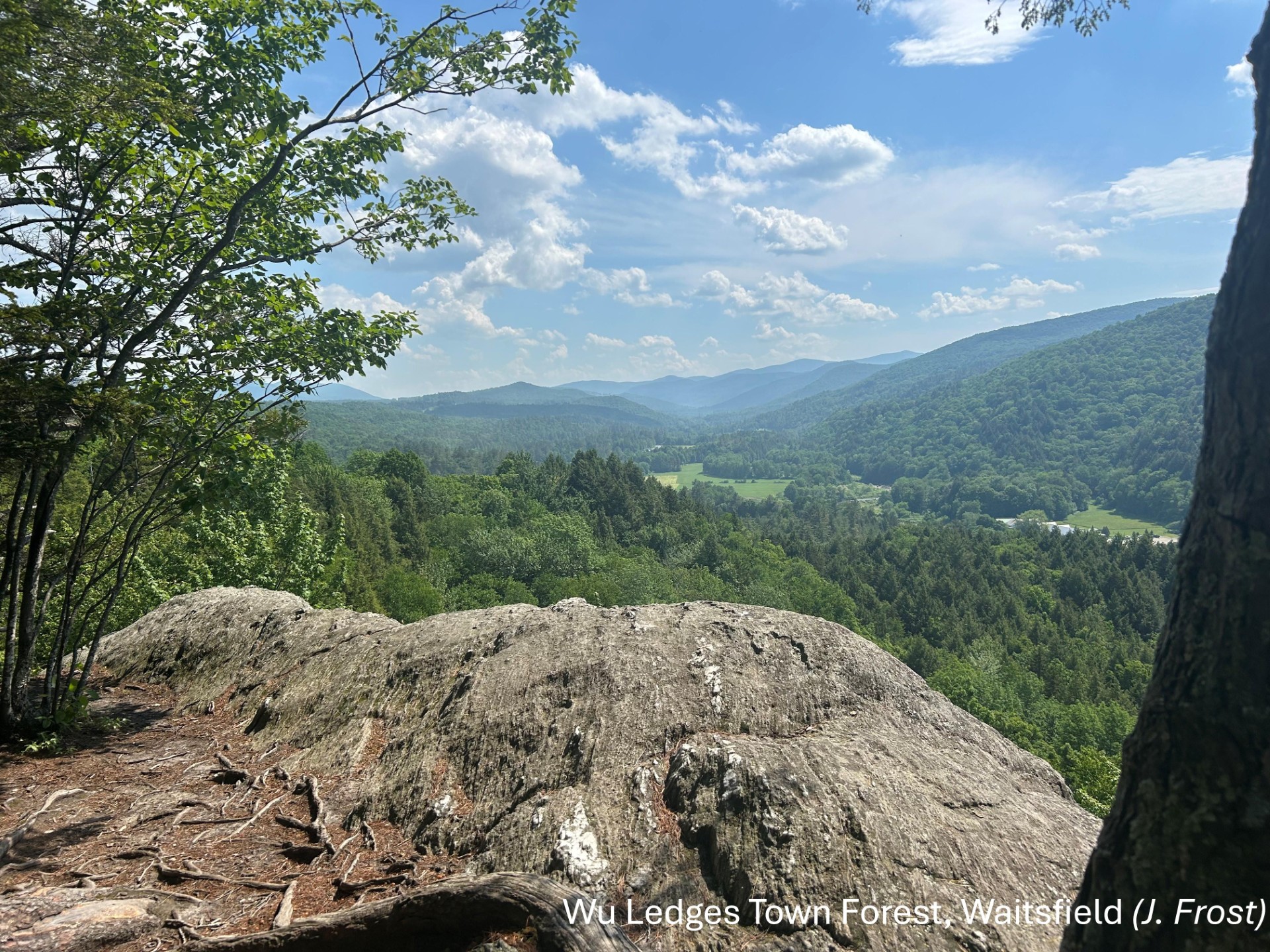The Vermont Town Forest Census is a collaboration between the University of Vermont and the Vermont Department of Forest Parks and Recreation, with funding from the Northeastern States Research Collaborative of the USDA Forest Service. We have been assisted by a large group of advisors — knowledgeable Vermonters who have volunteered their time and expertise to make this project a success. You can find all of these the Census personnel on the Project Team and Advisors page.
The main goal of this project is to create a comprehensive dataset of Vermont’s town forests and other forest lands owned by local governmental entities, including municipalities, schools, recreation districts, and tribes. Such information will assist the Agency of Natural Resources, UVM, land trusts, non-profit organizations, and the peer-learning efforts among communities themselves to build local capacity for good forest stewardship. Primary objectives include: an updated inventory of forests owned by local governments; a report summarizing objectives, activities, concerns and priorities for assistance from the communities perspectives; and a plan for a replicable statewide census to be conducted in future years.
